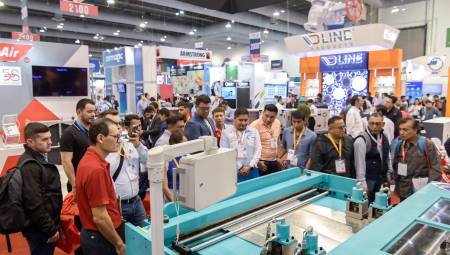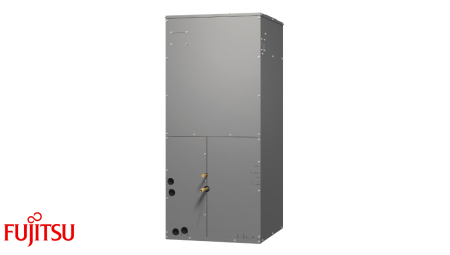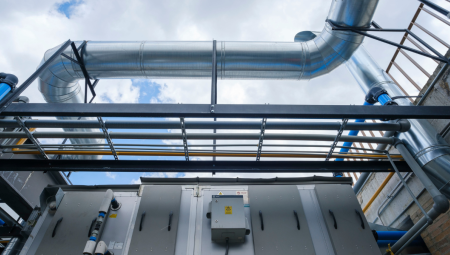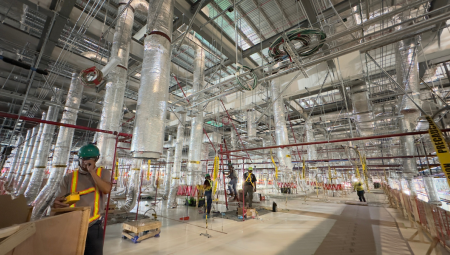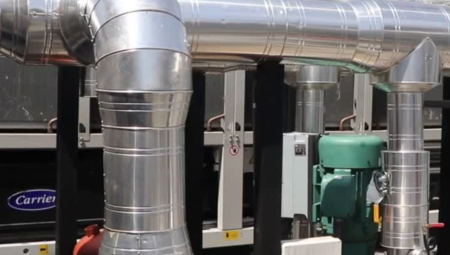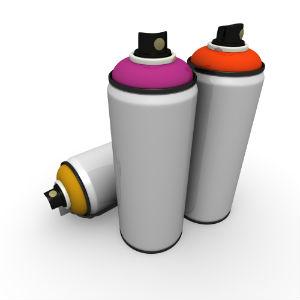 What is the process followed by the countries that signed the Montreal Protocol in 1987? They themselves will answer these and other questions.
What is the process followed by the countries that signed the Montreal Protocol in 1987? They themselves will answer these and other questions.By: María Cecilia Hernández
On the first day of 1989, the Montreal Protocol entered into force, an international treaty in which 196 countries of the world joined or have been gradually added with the aim of reducing the production and consumption of substances, which according to various studies, deplete the ozone layer (ODS).
From that moment until now more than 20 years have passed, for that reason, ACR Latin America wanted to inquire about the advances that have been made so far in that regard in the countries of Latin America and if the results have been evidenced and can be measured today both quantitatively and qualitatively.
"First of all it is necessary to understand that for the countries included in Article 5 of the Montreal Protocol, as is the particular case of Colombia, the government has assumed the commitment to freeze the consumption of hydrochlorofluorocarbons (HCFCs) in 2013. In 2015 the government foresees a 10% reduction on the consumption baseline (2009-2010) and so on until 100% of these substances are eliminated," explained Juan Paulo Hernández, Technical & Sales Representative – Fluorchemicals of the DuPont company.
Article 5 deals with the "Special Situation of Developing Countries" and it should be remembered that the main HCFC substances imported into these countries are R-22 (used especially as a refrigerant) and HCFC-141b, which is mainly used in the manufacture of foams.
It is also important, as pointed out by engineer Carlos Andrés Hernández Arias, consultant of the Technical Unit of Ozone (UTO), of the Ministry of Environment, Housing and Territorial Development of Colombia, to take into account the definition established by the Montreal Protocol of the concept "consumption": "The commitments to reduce and eliminate the consumption of HCFCs, must be interpreted as commitments to reduce and eliminate imports of these substances. In the case of HCFCs, the freezing date is 2013 and only until 2015 will the gradual reduction of consumption begin, until reaching 2.5% of the baseline in 2030. Therefore, the use of refrigeration and air conditioning equipment that works with HCFCs as refrigerants, or that contains them in the polyurethane foams of thermal insulation, is permitted."
Concrete proposalsThe Montreal Protocol has a Multilateral Fund, which is the body in charge of providing funds and financing to assist developing countries in their processes and concrete projects that seek to eliminate the use of ozone-depleting substances.
"In the second half of this year (2011) we intend to develop a training and updating program in the agricultural sector of Guatemala with the presence of national and foreign experts, as a complement to the implementation of alternative substances and technologies to the use of methyl bromide, a highly ozone-depleting substance," said Aarón Marroquín, of the Public Relations Unit of the Ministry of Environment and Natural Resources of Guatemala.
For its part, from the UTO of Colombia report that during 2010 the country presented and received approval of various projects for the elimination of the consumption of HCFCs by the Montreal Protocol framed in the first stage of the HPMP (Preparation of the HCFC elimination plan).
As explained by UTO engineer Carlos Andrés Hernández, "this first stage of the plan contemplates the elimination of the use of HCFC-141b in the manufacture of domestic refrigerators and the strengthening of the recovery and recycling network of refrigerant gases with the adaptation of 8 recovery gas collection centers and the continuation of the certification project of refrigeration equipment maintenance technicians in conjunction with SENA (National Service). learning). The resources that will be invested US$6.8 million for the elimination of more than 1000 tons of the country's HCFC consumption between HCFC-22 and HCFC-141b, in various technical assistance and industrial reconversion programs."
Jorge Carvajal, coordinator of the Montreal Protocol for Ecuador and representative of the Ministry of Industries and Productivity of that country, commented that his nation has been part of the treaty since 1990 and since 1992 they have been developing a plan for the elimination of chlorofluorocarbons (CFCs) and HCFCs. "Additionally we are working on the elimination of carbon tetrachloride (TCC) and methyl chloroform, which are currently used as solvents."
The official adds that in his country, the manufacture of refrigerators and air conditioners are free of CFCs, since they have been replaced by HCFC type R142A, a substance that despite its additional hydrogen atom remains a threat to ozone, and that will have to be replaced in its entirety on the first of January 2015.
Likewise, in Colombia, through the Ministry of Environment and the UTO, there are several projects aimed at the elimination of HCFC-141b as a foaming agent and the consequent reconversion of technology for the manufacture of foams. "Many of these projects are being funded by the Multilateral Fund of the Montreal Protocol. In the case of refrigerants, the trend points to the use of equipment that works with gases that do not damage the ozone layer and natural refrigerants," says the DuPont representative.
What is the best decisionAlthough on many occasions it has been said that the best solution to avoid the emission of ozone-depleting substances is to reconvert an entire system, others allude to the fact that one possibility is to adapt existing facilities.
The UTO Colombia states that "The general recommendation is to select the alternative that has the least impact on the climate, both from the point of view of ozone depletion and from climate change itself, through the energy efficiency of the new systems, the possibility of recovering and recycling the alternative substance, etc. For example, in the case of domestic refrigeration, a hydrocarbon (cyclopentane) was chosen as the new blowing agent of polyurethane foams, since this substance has a lower impact on climate change and the resulting foams are equivalent to those used by HCFC-141b".
According to Juan Paulo Hernández "with regard to HCFC-141b, used in the manufacture of foams, the Ministry of the Environment and the UTO handle the option of carrying out a reconversion of the technology since the greatest consumption of this is concentrated in a few companies, which facilitates the process. In contrast, R-22, used mainly as a refrigerant in air conditioning and refrigeration equipment, must have a different strategy which is based on the gradual adaptation of current systems."
Results in sightColombia is committed to meeting the goals of reducing the consumption of HCFCs, with the implementation of the first stage of the HPMP and as engineer Carlos Andrés Hernández of the UTO says" it will surely fulfill it. We can say that we have more than 600 refrigerant gas recovery and recycling equipment that have been delivered in 50 cities of the country to ensure that an adequate handling of these gases is carried out, more than 4,000 technicians have been certified in the labor skills standard (877 during 2010). And we presented a consumption of HCFC-22 in 2010: 1,224 metric tons."
For their part, spokesmen for the Ministry of Environment and Natural Resources of Mexico indicated that that nation achieved the elimination of the consumption of CFCs, carbon tetrachloride (CBT) and halons, all substances that deplete the ozone layer.
Among the actions achieved by Mexico can be mentioned that in 2005 it was one of the main countries that closed the production of CFCs, inaugurated the Ecofrigo Recovery and Recycling Center that allows to reduce at least 80 tons per year the consumption of TCC.
Thesecretary of that portfolio, Rafael Elvira Quesada, indicated that this process "is only one of the 138 projects that are being implemented in Mexico to eliminate substances that deplete the ozone layer. For this we have received resources of about US$85 million from the Multilateral Fund of the protocol."







